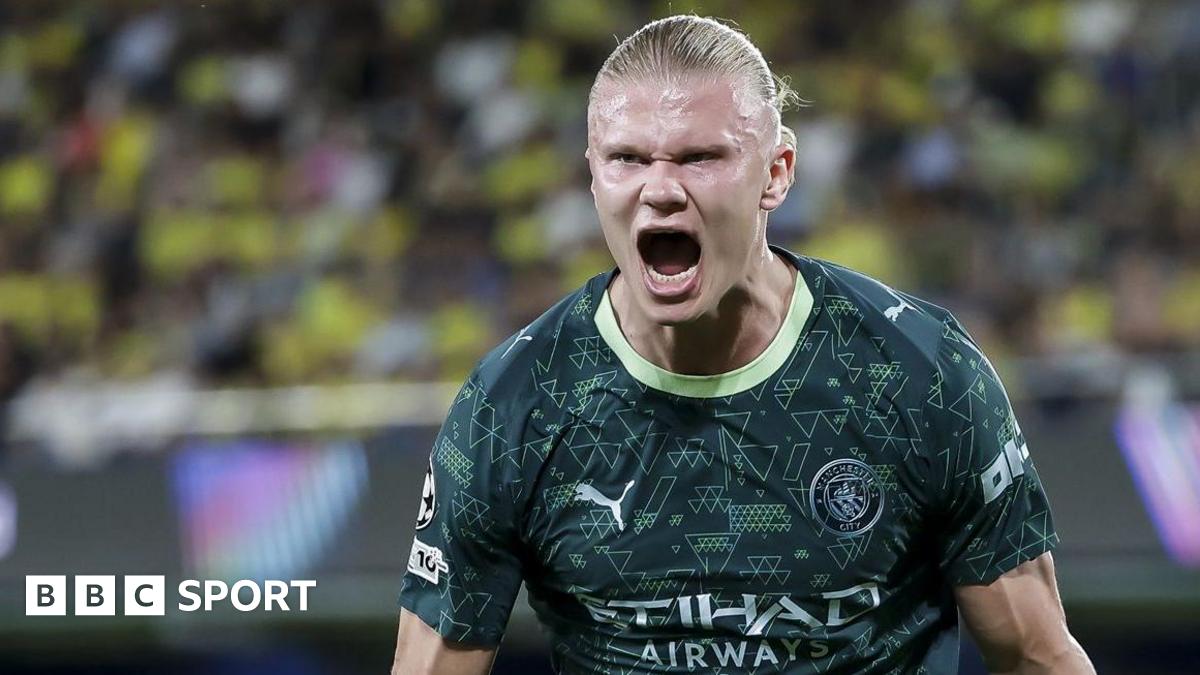Despite its listing as a “risky” product, the FSA told BBC Sport there has been an increase in the popularity of raw milk because “people believe it has health benefits” – though it says there is little credible scientific evidence to support that.
The farm at which Haaland was filmed buying milk wrote on Facebook that its product had been “rather in demand” since the episode was posted, staff had been “frazzled”, and it hoped to “buy a new dairy cow very soon” so orders could be met more quickly.
Former City academy nutritionist Dan Richardson told BBC Sport he would always look for the “safest approach possible” so as “not to compromise on the safety of food”.
He said: “The challenge with raw milk is that you can get some companies who do a good job in reducing the risk factor to bacteria, and I am sure Haaland will be using the premium quality available out there.
“A nutritionist is not going to allow him to buy raw milk that has a high risk of contamination. When people begin to copy these dietary habits, it can become unsafe as people will go out and buy the cheapest and most accessible version that may carry the food-borne illnesses.”
Asked if he felt the trend of drinking raw milk would gain momentum, Richardson said: “Unfortunately, I can see it happening.”
For Haaland, drinking raw milk is part of an unconventional off-field routine that also includes red-light therapy and adding maple syrup to his coffee.
Richardson added: “Young athletes need to remember that getting the right amount of carbohydrates, hitting the protein intake and eating three regular meals with snacks is a better approach than jumping towards trends.
“Some athletes will try to find a quick fix by replicating a role model rather than doing the mundane stuff really well.
“We just want to use safe food where possible.”
